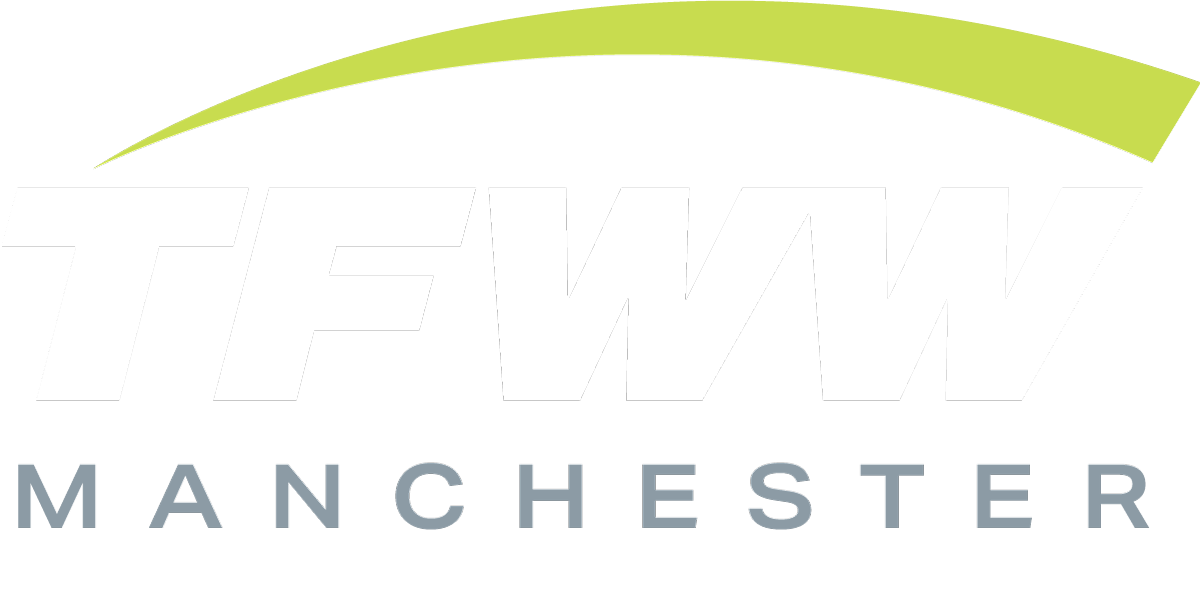Getting Ready for NMFC 2025: How LTL Shippers Can Prepare Now
The National Motor Freight Traffic Association (NMFTA)’s NMFC changes are taking effect on July 19, 2025. They are meant to simplify LTL freight classification. But please be aware "simpler” doesn’t mean easy.
Many shippers may need to adjust how they classify and manage their LTL shipments. Misclassifications will still cause problems and unpredictable costs if shipment info isn’t accurate or your internal systems aren’t aligned with the new structure.
This blog outlines the steps you should take now to get ahead of the transition. We'll focus on data cleanup, system updates, packaging decisions and workflow adjustments. A little work now can help you avoid costly surprises later and put you in a much better spot when these changes hit.
A Quick Recap of What’s Changing
Here’s what’s being rolled out:
Density-based classification will become the default for freight without concerns related to handling, liability, or stowability.
The density scale is expanding from 11 to 13 tiers, adding new classes (50 and 55) for heavier, high-density freight.
About 2,000 commodity listings are being consolidated into broader, more streamlined categories.
New identifiers will highlight freight that still requires special handling.
A revamped ClassIT+ tool will help shippers look up item numbers and confirmvalidate classifications more efficiently.
Need a full rundown of the changes? Start with Part 1 of the series here.
What Shippers Should Be Doing Now
Before you panic, remember—you don’t need to overhaul your entire freight process. But you probably need to tighten a few things up. The shippers who come out ahead in July will be the ones who took the time to plan and prepare now.
1. Review Your Current NMFC Classifications
Go back and look at how your freight is currently classified, especially if you're using broad commodity codes that haven't changed in years.
With roughly 2,000 listings being consolidated, there’s a good chance some of the NMFCs you’ve been using will be absorbed into new categories, or restructured under the updated density model. Start flagging shipments that could be affected. Focus on items that move regularly or have caused issues before. The more you know now, the fewer surprises you'll have in July.
2. Capture and Verify Dimensional Data
If you’re not already collecting weight and dimensions for every shipment, now’s the time to start. Density-based classification doesn’t work without it.
Use a freight scale and a dimensioner to capture real, accurate data instead of relying on ballpark numbers or system defaults. Then make sure that data is actually being used when determining class. If you have multiple people involved in quoting or documentation, get everyone aligned on the same process. Consistency matters more than ever.
3. Reassess Internal Processes and Shipment Workflows
This isn’t just about codes, —it’s about how your freight gets handled. As the NMFC shifts to density-first classification, make sure your internal workflows support the change. Key areas to review:
Packaging choices: Are you packing efficiently or wasting cube that raises your class?
SKU-level packing standards: Consistency matters, especially for high-volume items.
Product descriptions: Make sure internal records match what carriers see on your BOLs.
System settings: Update class and item number data in your TMS, carrier portals, and eBOL tools.
Handling instructions: Ensure special requirements are clearly communicated to carriers when applicable.
4. Test and Validate Rating Tools
If your rating engine or TMS hasn’t been updated to reflect the new classification model, it’s time to test it out. Simulate shipments using the revised NMFC logic and watch for issues with class assignment, base rates, or accessorials.
Catching problems now is a lot easier than dealing with chargebacks or unexpected costs once the new rules are in effect.
5. Work with a Trusted 3PL to Get Ahead of the Curve
You don’t need to navigate this on your own. A knowledgeable logistics partner can help you understand how the new classifications apply to your freight, identify risks, and clean up any gaps in your process.
TFWW Manchester: A Trusted Partner in Times of Change
We’ve been guiding clients through this transition for months. We’ve seen where things get messy—like when companies assume their classifications are fine, but the underlying data or workflows haven’t been reviewed in years.
That’s why we work directly with your team to sort through the details. We help you clean up shipment data, build a plan that fits how you actually operate, and get your classifications straightened out to meet coming changes.
Contact us if you’re ready to stop guessing and start getting ahead. We’re here to help.
